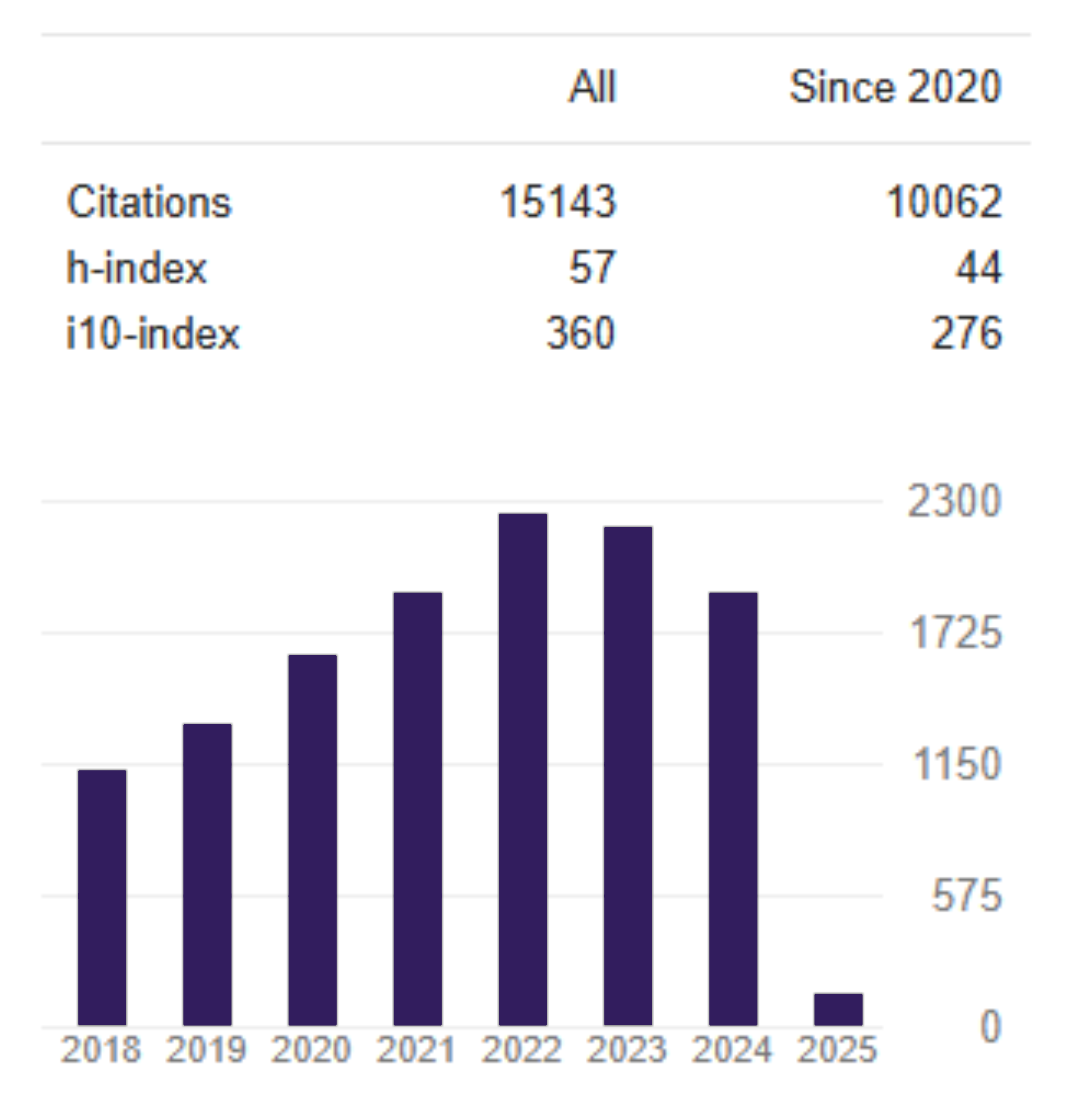MUNICIPAL BONDS AS THE FINANCING STRATEGY FOR URBAN INFRASTRUCTURE : CASE STUDY OF JAKARTA MRT
DOI:
https://doi.org/10.26905/jkdp.v20i3.283Keywords:
Jakarta MRT Project, Municipal Bonds, Infrastructure financingAbstract
The construction of Jakarta MRT Phase I has been carried out by using funds from foreign debt. Meanwhile, Jakarta MRT Phase II or other local infrastructure projects are still waiting for new funding scheme. One alternative is municipal bonds. This study investigate the possibilities of using municipal bonds to finance urban infrastructure project with the case study of Jakarta MRTPhase I. The analyzed use three perspectives including financial aspect, legal aspect, and Jakarta financial capacity aspect. financial analysis using discounted cash flow (DCF), net present value (NPV) and internal rate of return (IRR).Secondly, study literature is used in the legal analysis by exploring specific regulations regarding the municipal bonds. Finally, the Jakarta Regional Budget and Jakarta Budget Audit Report is examined to get insight and depth information regarding its financial capacity. The result is municipal bonds are feasible as the source of financing Jakarta MRT Project.Downloads
References
BPS Jakarta. 2014. “Data Kendaraan DKI.” http://jakarta.bps.go.id/linkTabelStatis/view/id/26 (Accessed on March 18, 2015).
Chattopadhyay, Soumyadip. 2006. “Municipal Bond Urban for Financing Market Infrastructure.” Economic and Political Weekly 41(26): 2787–91.
Damodaran, Aswath. 2011. The Little Book of Valuation. New Jersey: John Wiley & Sons.
Fahim, Mayraj. 2012. “Municipal Bonds Have Been Issued by US Local Government since 1812.” http://www.citymayors.com/finance/bonds.html (Accessed on March 25, 2015).
Fahriyadi. 2013. “Tarif MRT Rp 15.000 per Penumpang.” http://nasional.kontan.co.id/news/tarif-mrt-rp-15.000-per-penumpang (Accessed on February 20, 2015).
Gardner, David, and James Wright. 2011. “Project Finance.” : 1–13. http://www.hsbcnet.com/gbm/attachments/products-services/financing/project-finance.pdf (Accessed on March 15, 2015).
JBIC Saprof Study Team. 2005. Special Assistance for Project Formation ( SAPROF ) for Jakarta Mass Rapid Transit ( MRT ) System Final Report Special Assistance for Project Formation ( SAPROF ) for Jakarta Mass Rapid Transit ( MRT ) System.
Koalisi TDM. Electronic Road Pricing. Jakarta. http://www.kpbb.org/news/tdm-erp-factsheet-280111-screen.pdf.
Okta, Dewi, and David Kaluge. 2011. “Analisis Peluang Penerbitan Obligasi Daerah Sebagai Alternatif Pembiayaan Daerah.” Journal of Indonesian Applied Economics 5(2): 157–71.
Perdana, M. Andi. 2013. “Macet Terus, Jakarta Rugi 65 Triliun per Tahun.” http://metro.tempo.co/read/news/2013/03/24/214468984/macet-terus-jakarta-rugi-rp-65-triliun-per-tahun (Accessed on February 10, 2015).
Platz, Daniel. 2009. DESA Working Paper Infrastructure Finance in Developing Countries — the Potential of Sub-Sovereign Bonds. http://www.un.org/esa/desa/papers/2009/wp76_2009.pdf.
Sheikh, Shahana, and Mukul G Asher. 2012. “A Case for Developing the Municipal Bond Market in India.” ASCI Journal of Management 42(1): 1–19.
Sigman, Karl. 2005. “Internal Rate of Return , Bonds , Yields.” (1): 1–4. http://www.columbia.edu/~ks20/FE-Notes/4700-07-Notes-bonds.pdf (Accessed January 20, 2015).
Simatupang, Mangasa. 2012. “Obligasi Pemerintah (Government Bond) Vs Obligasi Daerah (Municipal Bond).” http://www.bppk.kemenkeu.go.id/webku/images/obligasi pemerintah vs obligasi daerah.pdf (Accessed on January 20, 2015).
Sindo. 2012. “Kinerja Pemprov DKI Raih Peringkat AA.” http://news.okezone.com/read/2012/05/30/437/638013/kinerja-pemprov-dki-raih-peringkat-aa (Accessed on February 15, 2015).
Downloads
Published
Issue
Section
License

This work is licensed under a Creative Commons Attribution-ShareAlike 4.0 International License.



